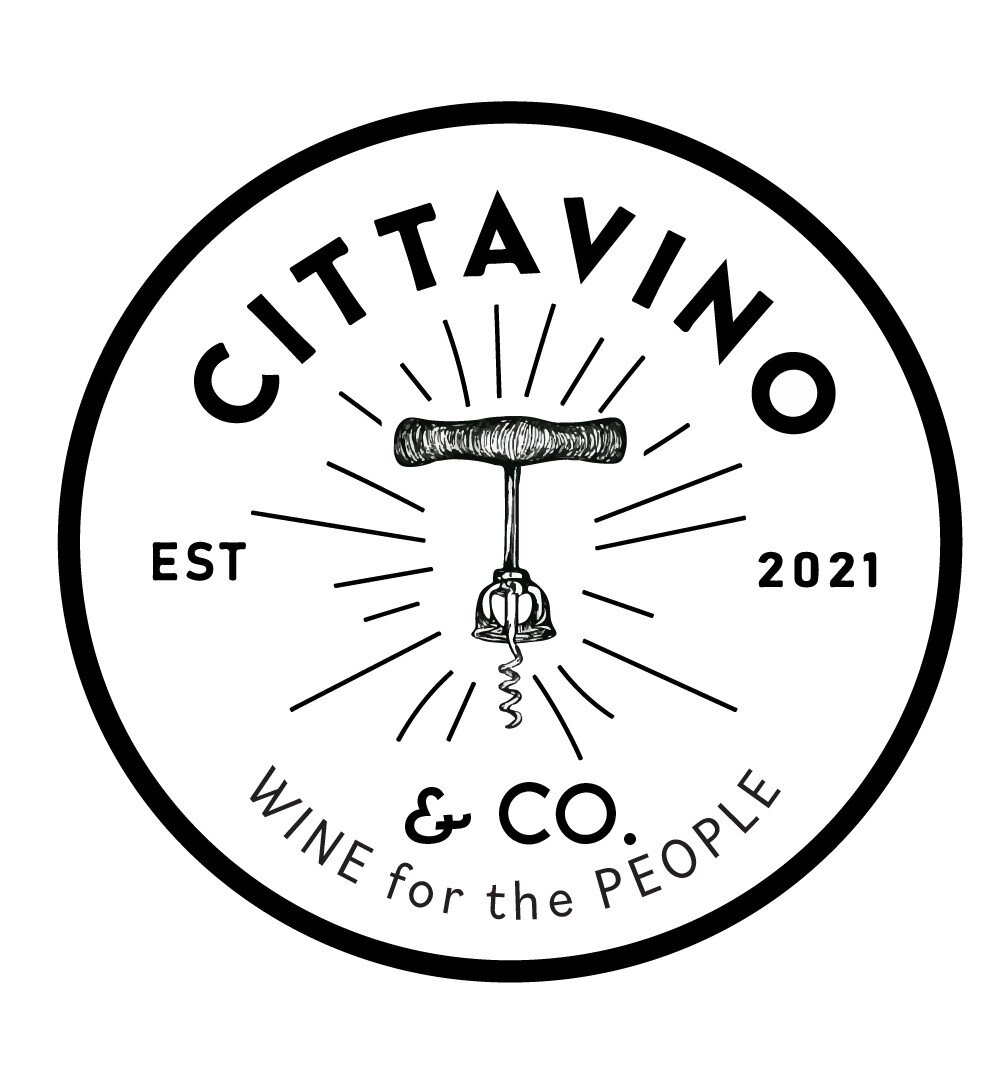GRECO di TUFO DOCG
Published materials in English on this DOCG are few and far between. Reading the sections on IRIPINIA, FIANO di AVELLINO, and TAURASI, will offer a more comprehensive write up of the area and the Avellino province.
The Name: Greco di Tufo DOCG
Greco is the grape, Tufo is the area. In this scenario, while referring to two separate entities, the names Greco and Tufo are inextricably linked--while a producer can grow a different varietal in their vineyards within the Tufo DOGC, they will not be able to use the Tufo DOCG; The “di Tufo DOCG” can only be used for wines made from the Greco grape grown in this area.
The Land
The Greco di Tufo DOCG covers 8 communes: Tufo, Altavilla Irpina, Chianche, Montefusco, Prata di Principato Ultra, Petruro Irpino, Santa Paolina, and Torrioni. The DOCG overlaps the Fiano di Avellino DOCG in the Prata di Principato Ultra commune as it sits just above above the Fiano di Avellino DOCG and just to the left of the Taurasi DOCG, completing the Trifecta of the Avellino province DOCGs. (see coral color on map)
Tufo and Santa Paolina are considered the top sites for this denomination. Tufo is higher in elevation, reaching up to 600m, with steep, more sun exposed slopes.The soils are limestone rich with sulfur deposits (a natural fertilizer and antifungal). Santa Paolina is lower in elevation with higher clay concentration. Here the wines tend to be more brooding and full. The climate is continental (compared to most of Italy’s general “warm mediterranean” climate). Winter months are cold and summer temperatures at night are cool, verging on cold at times.
The Grape: Greco
Let’s clarify some Italo-confusion. Greco means “Greek”, so many Italian grapes come with this descriptor (i.e Greco Nero, Greco di Bianco) but it in no way means that just because Greco is in the name, that all these grapes are genetically related. The Calabrian Greco Bianco (which according to the research published by Librandi, is actually Guardavalle), is a completely different variety.
Greco’s behavior is similar to that of the other Campanian grapes that grow in the Apennine foothills: it is late ripening (picked in October), and not very productive. The fact that the vine naturally curbs its own grape production means that it is capable of producing quality, more concentrated grapes. It is disease prone in the vineyards and susceptible to oxidation in the winery—it’s not easy to work with. The grape grows best on volcanic soils for probably a number of reasons, but the sulfur in the soils from ancient volcanic activity does act as a natural fungicide. There may be a correlation.
Production Rules
At least 85% Greco and up to 15% Coda di Volpe, but you will find that most producers make their Greco di Tufo DOCG wines with 100% Greco.
A Greco di Tufo Spumante is a subclassification of the DOCG. Wines must also be at least 85% Greco, second fermentation in bottle (Champagne style) and at least 18mo on lees in bottle before disgorgement. For the Spumante Riserva, at last 36mo on the less in bottle before disgorgement.

